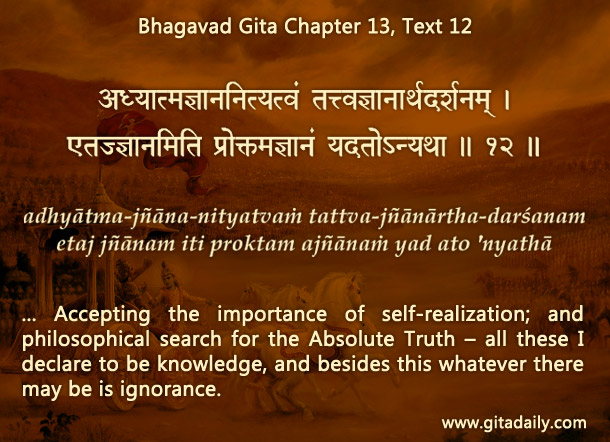Death is the most covered-up reality in our contemporary world. Of course, what is covered up is not the fact of death per se, but the implication of that fact on where we should invest our life-energies.
If a bank were collapsing, we would expect our financial advisors to caution us about investing in it. But if none of them sounded such a cautionary note, their silence would be scandalous.
Similarly, given the body’s inescapable mortality, it’s scandalous that most of today’s opinion leaders don’t caution us about investing our life-energies in the body. It reeks of a colossal cover-up that hardly anyone advises us against making temporary worldly things the definers of success.
Spiritual guides who blow the whistle on this cover-up are often silenced with the reproach: “Don’t be a pessimist; for your own good, don’t think too much about this.” But that’s like a bank telling us to “for your own good, don’t read about the bank’s financial prognosis.” The obligation to endure the consequences gives us the right to know those consequences – and the right to explore alternative choices.
In this spirit of honoring our right to know, the Bhagavad-gita (13.09) states that contemplating the misery of death – and before it, old age and disease – comprises one of the twenty items of knowledge. That list (13.08-12) concludes with the primacy of eternal spiritual knowledge and the necessity of the metaphysical search for the truth.
When we contemplate the ramifications of our mortality, we become more open to learning from spiritual wisdom-literature such as the Gita that inform us about our immortal essence: the soul. And when, guided by the Gita, we learn to love Krishna by practicing bhakti-yoga, our investment of our life-energies yields auspicious returns, both in this mortal world and in Krishna’s immortal world.
To know more about this verse, please click on the image
Explanation of article:
Podcast:


The obligation to endure anything gives us intellegence to behave